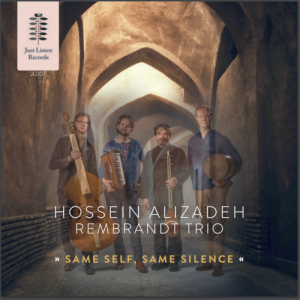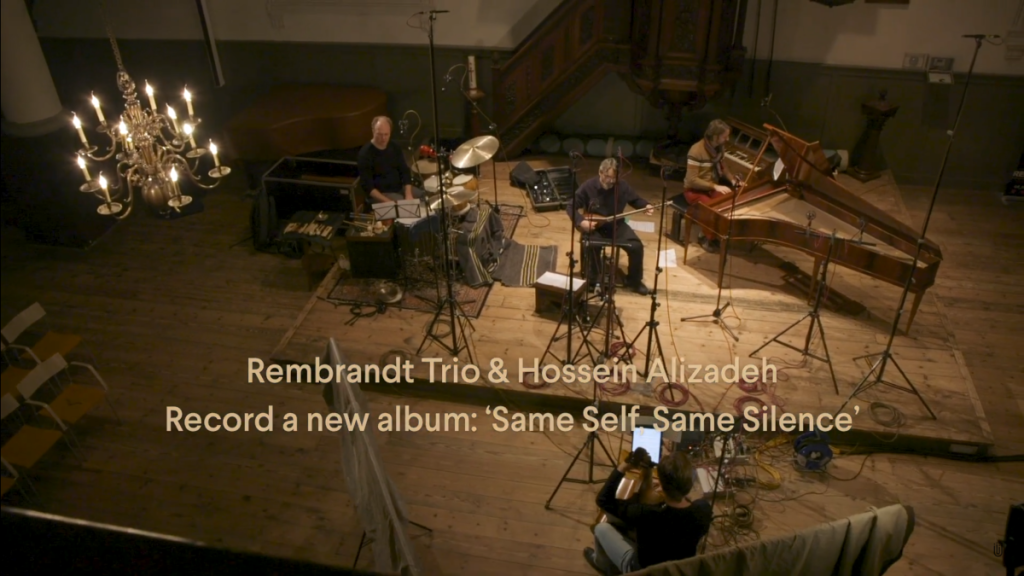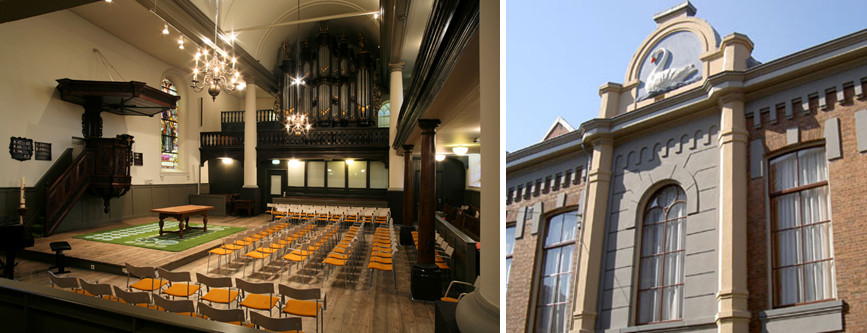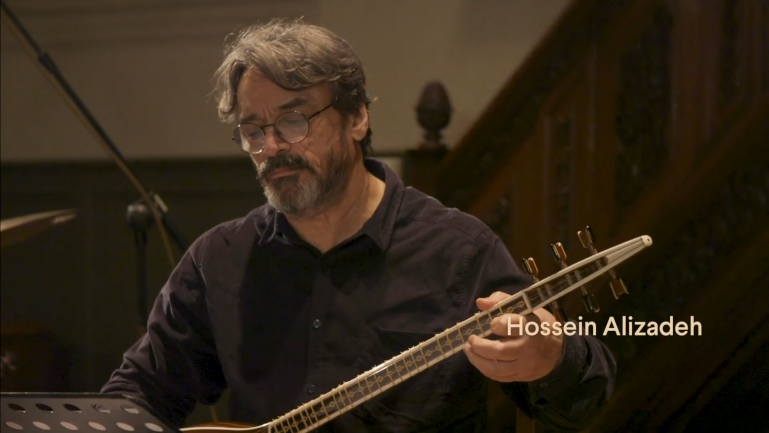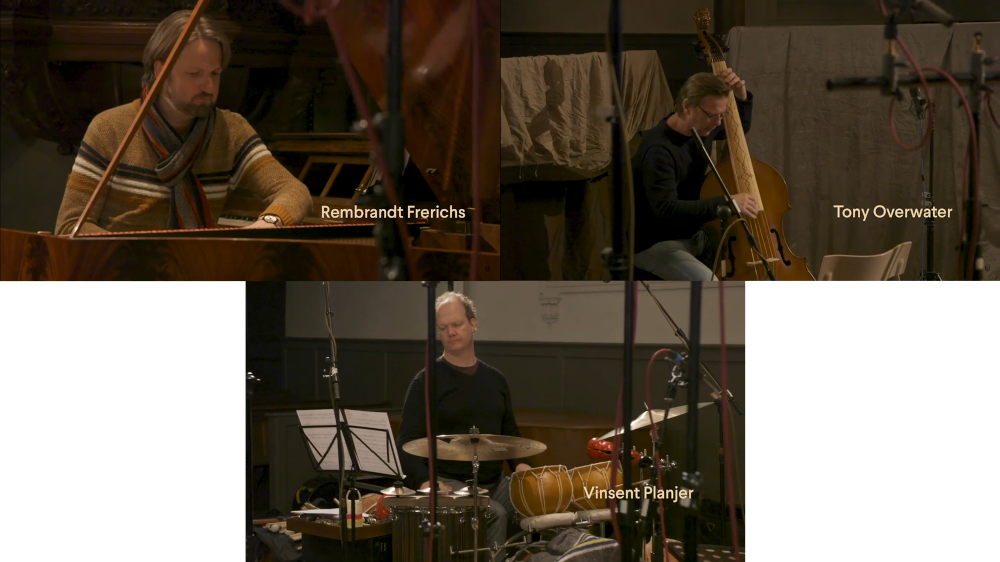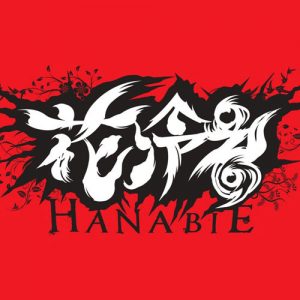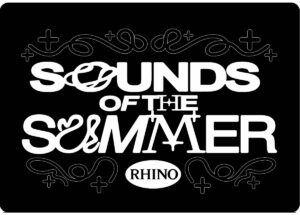When Just Listen Records releases an album, I sit up and pay attention. I'm always so glad to see a new release because I know it will be something special. And Same Silence, Same Self is again something very very special.
Same Silence, Same Self, Hossein Alizadeh, Rembrandt Trio, Just Listen Records (2017 (24bit-44.1kHz, CD) HERE
Out of disaster, a diamond still emerges… Same Self, Same Silence was recorded in DSD 256 back in 2017. The Just Listen team writes: "The project underwent minimal post production and was finished, but then a hard drive failure (and a loss of a backup) resulted in our DSD files being lost forever. Feeling very sad and at a loss, we had to get it out of our heads, until a 44.1 render of the final track selections was discovered on a different hard drive. This has been used to press a CD, and offer a download in that resolution, so at least this beautiful music would see the light of day and can be enjoyed over the world."
And enjoy this I have! While I sorely miss the marvelous DSD 256 resolution Just Listen typically provides, the excellence of Jared Sacks' engineering shines through, as always.
It's wonderful that the collaboration of these four superb musicians have been preserved. The music is a meeting of the European tradition, jazz and Persian classical music. The master, Hossein Alizadeh, from Iran joined the Rembrandt Trio from The Netherlands for unique collaboration in a centuries old church dating from 1696 in Groningen, The Netherlands.
Church photos courtesy of Evangelical Lutheran Church, Groningen, The Netherlands (www.elgg.nl)
Same Silence, Same Self is an exploration of Nava, one of the seven principle modal systems in Persian classical music. Nava is one of the oldest in these modal systems, known for its serenity and the meditative qualities it imbues. Each piece here uses Nava as its base, anchoring the music solidly in the classical tradition and the serenity embodied by Nava can also be heard in the performances.
Few musicians of contemporary Iran are as respected as Hossein Alizadeh. He is the leading master of Persian lutes: the tar (the hourglass-shaped lute), the setar (a long-necked lute with variants across Central Asia and the Middle East), and, as you can hear on Same Silence, Same Self, the shurangiz, an instrument built to his own specifications that serves as a midpoint between the two.
Hossein Alizadeh is without a doubt one of the most important figures in the field of art music in Iran and beyond—as an educator, as a composer, as an exponent of old traditions and new talent and, foremost, as a true master in his performance of Persian classical music.
The Rembrandt Trio, from the Netherlands, are masters of their own classical traditions. At first glance, they appear to have the set-up of a standard jazz piano trio – piano, double bass and drums. But look closer: Rembrandt Frerichs' piano is actually a fortepiano, built to the specifications of Mozart's own instrument from 1790, or else an antique harmonium, bridging the gap between Europe and the Indian subcontinent; Tony Overwater's double bass is a violone, a bass viol with six strings and frets; and Vinsent Planjer's drums are a whisper kit, a unique personal curation of drums and percussion.
Their sound is uniquely different from any other jazz piano trio you may hear. And, this difference, uniquely provides for the close collaboration of east and west that you hear in this album. Yet the collaboration requires work and learning. Says Rembrandt Frerichs:
"Usually as a piano player or as a jazz pianist the first thing you get into is like chords, paying harmonies, or playing chord progressions, you know? Now with this music I don't do this. The first thing I need to do is not play chords. I play more like Santoor, you know? I have to use play techniques that usually in Iran are played on the Santoor and try to convert them to piano. And then, of course, the quarter tones gives directly this flavor from the middle east in combinations with, for me as a piano player, a more profound melodic approach because in those quarter tones. I'm not going to play chords. So, no chords. More melodic thinking. And it opens up different parts of my mind to be creative. So, it's a very nice creative challenge."
For more about the experience of these musicians in recording this release together, see the YouTube video published by Just Listen Records and NativeDSD:
Photos courtesy of Just Listen Records, except as noted.




